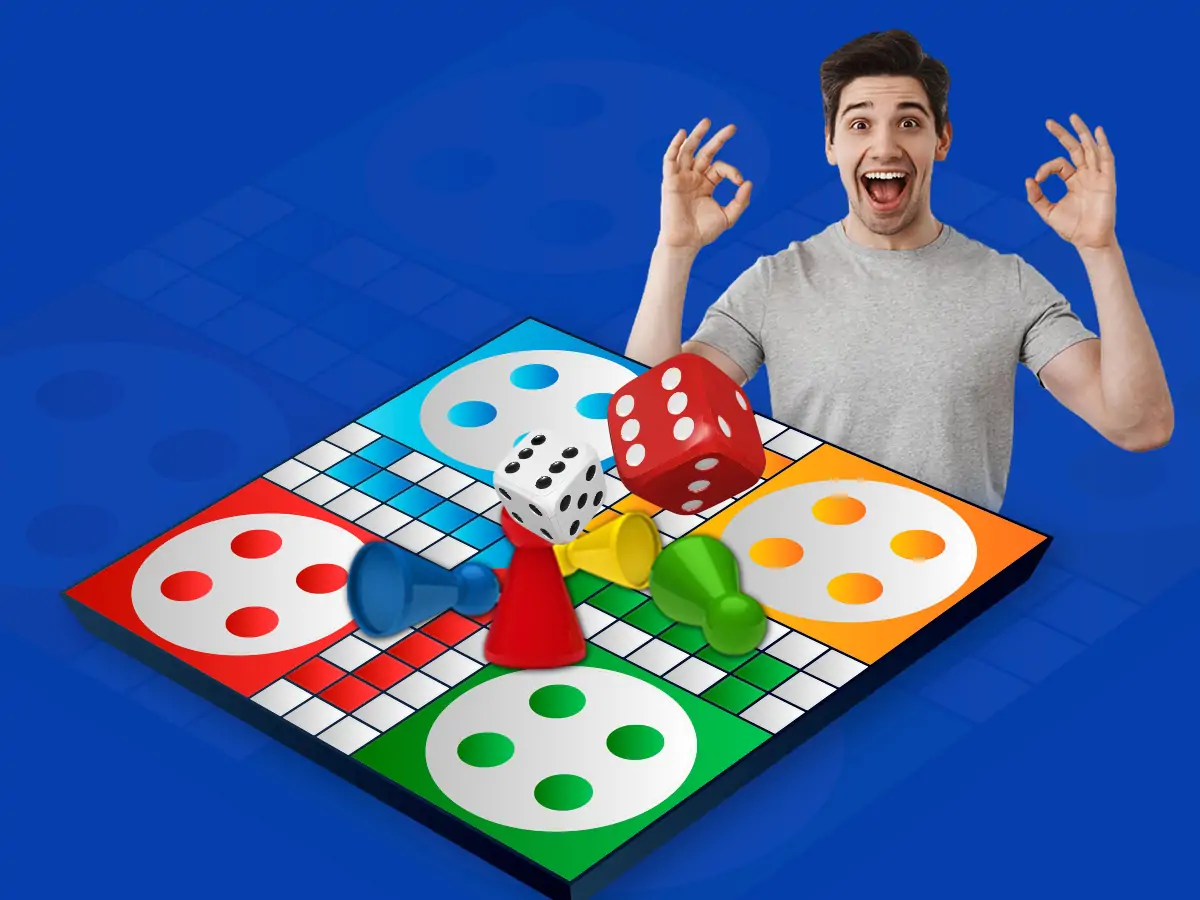Esports, once a niche subculture, has rapidly evolved into a global phenomenon, captivating millions of enthusiasts worldwide. As the esports community expands, there’s a growing recognition of the importance of accessibility, ensuring that competitive gaming is inclusive and welcoming to everyone. Related industries, such as betting, are also trying to come to a similar philosophy. Popular disciplines like Dota 2 offer users of the dota 2 betting site a variety of activities and entertainment in addition to standard bets. However, this is the subject of a slightly different conversation, and today we are talking about Esports and Accessibility.
This article explores various aspects of esports accessibility, from inclusive design in game development to accessible esports venues, education, awareness, and the broader impact on gaming.
Inclusive Design in Game Development
In the realm of esports, inclusive design in game development plays a pivotal role in making competitive gaming accessible to a diverse audience. This section delves into how developers are integrating features that cater to players with different abilities and preferences, ensuring that everyone can enjoy the thrill of competitive gaming.
Inclusive design encompasses a range of considerations, from customizable controls and interface options to features that accommodate various cognitive and motor abilities. Game developers are increasingly recognizing the importance of providing players with the flexibility to tailor their gaming experience. This not only includes remappable controls but also colorblind modes, subtitles, and audio cues to cater to players with different sensory needs.
Moreover, the push for inclusivity extends to the representation of diverse characters within games. Inclusive character design fosters a sense of belonging and representation for players from different backgrounds. Developers are acknowledging the impact of diverse and relatable characters on the gaming experience, promoting inclusivity not only in the gameplay mechanics but also in the narratives that unfold within the esports ecosystem.
Accessible Esports Venues
While the heart of esports beats in the digital realm, the emergence of accessible esports venues is a testament to the commitment to inclusivity in the physical space. This section explores how these venues are designed to accommodate a wide range of needs, making the live esports experience accessible to diverse audiences.
Accessible esports venues go beyond basic considerations of physical accessibility. They integrate features such as captioning for live events, sign language interpreters, and designated spaces for individuals with varying mobility requirements. These measures aim to ensure that attending a live esports event is a seamless and enjoyable experience for everyone.
Moreover, accessible esports venues are taking advantage of technology to enhance inclusivity. This includes virtual reality (VR) and augmented reality (AR) features for spectators, providing alternative ways to experience live events for those who may face physical barriers to attendance. The implementation of such technologies broadens the scope of esports engagement, reaching audiences beyond geographical and physical constraints.
Education and Awareness
Education and awareness are crucial pillars in building an inclusive esports community. This section examines initiatives that focus on educating players, organizers, and the general public about the importance of accessibility in competitive gaming.
Esports organizations and industry leaders are increasingly investing in educational programs that promote understanding and empathy. This includes training for event staff on accommodating diverse needs, creating guidelines for inclusive design in games, and fostering awareness campaigns to destigmatize disabilities within the gaming community.
In addition, educational initiatives extend to fostering a supportive environment for aspiring players with disabilities. Esports scholarships and training programs are emerging to provide opportunities for talented individuals, irrespective of physical or cognitive differences. These initiatives not only empower players but also contribute to changing perceptions and breaking down barriers to entry.
The Broader Impact on Gaming
The commitment to accessibility in esports is influencing the broader gaming landscape. This section explores how advancements in inclusive design and accessibility features in esports are setting a positive precedent for the entire gaming industry.
As esports garners mainstream attention, the focus on accessibility serves as a catalyst for change. Major game developers are taking note of the positive reception and impact of inclusive design in esports titles, leading to a more widespread adoption of these features in mainstream gaming. This shift is not only beneficial for players with disabilities but enhances the overall gaming experience for everyone.
The push for accessibility in esports has also prompted discussions about mental health and well-being in gaming. Recognizing the potential stressors and challenges in competitive environments, esports organizations are implementing support systems and resources to prioritize the mental health of players. This holistic approach contributes to a healthier gaming culture and challenges stereotypes associated with competitive gaming.
Conclusion
In conclusion, the journey towards making competitive gaming more accessible is a collective effort involving game developers, esports organizers, and the broader gaming community. Inclusive design in game development, accessible esports venues, education, and awareness initiatives, and the broader impact on gaming are all integral aspects of this transformative process.
Esports is not just a realm for elite players; it’s a diverse and inclusive space that welcomes participants from all walks of life. As the industry matures, accessibility becomes ever more crucial to ensure everyone can share in the joys of competitive gaming regardless of ability or difference. Steps taken within esports ecosystem not only enhance the gaming experience for individuals with disabilities but also foster an inclusive gaming culture beyond the digital realm. As we champion accessibility in esports, we set a precedent for a gaming future where diversity and inclusion are not just aspirations but integral components of the gaming landscape.









